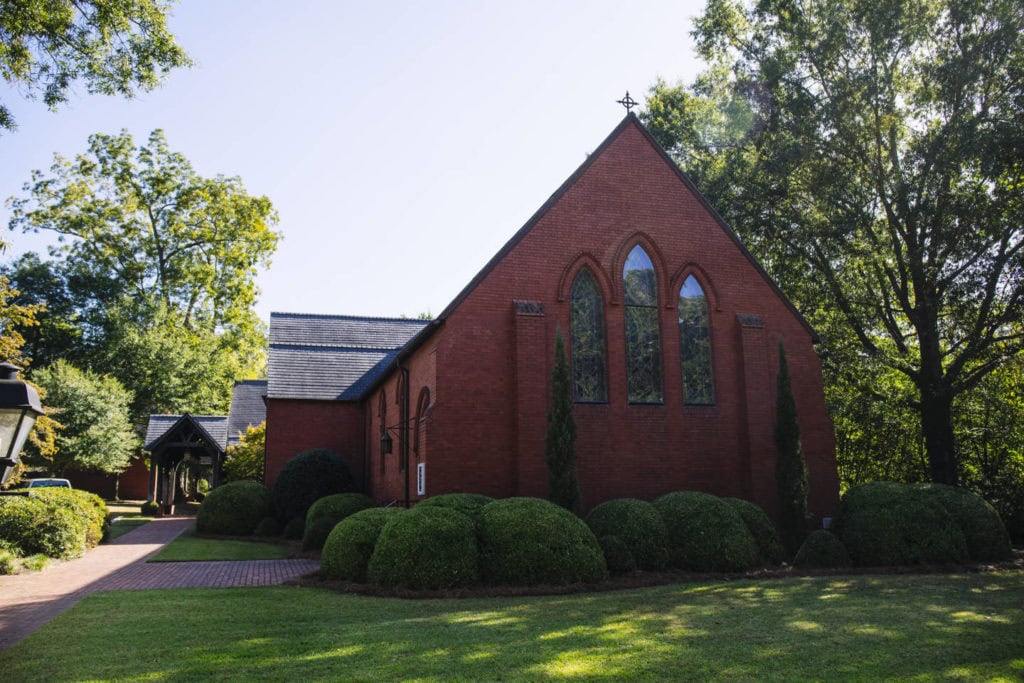Calvary Episcopal Church and Lee Street Bridge

The Story
Calvary Episcopal Church was organized in 1864 as the second effort to establish an Episcopal parish in Americus. The current church building was completed in 1921 under the leadership of Reverend James Bolan Lawrence and renowned architect Ralph Adams Cram, who was known for his Gothic Revival style ecclesiastical buildings.
Calvary Episcopal Church is surrounded by a historic residential area and is adjacent to an active railroad that passes under the historic Lee Street Bridge next to the church.
The Threat
The Calvary Episcopal Church and surrounding historic properties are threatened by the proposed demolition and replacement of the Lee Street Bridge. The replacement bridge, as proposed by the Georgia Department of Transportation, would be elevated to accommodate double-stacked railcars below. An elevated structure would have a significant adverse impact on the neighboring historic properties, especially the Calvary Episcopal Church.
Update
After listing the site to our Places in Peril list, The Trust became involved as a consulting party in the Section 106 review process of the National Historic Preservation Act, which was ultimately initiated due to the potential impacts on historic properties. Mitigation led to a redesigned bridge that met modern codes and maintained the height of the previous bridge, so as not to obstruct the church’s view and thereby preserving the area’s historic integrity. A ribbon cutting to mark the completion of the new in-kind bridge was celebrated by the Mayor and City of Americus, Georgia DOT, The Georgia Trust, Calvary Episcopal Church, and all other stakeholders and community partners on October 11, 2024.